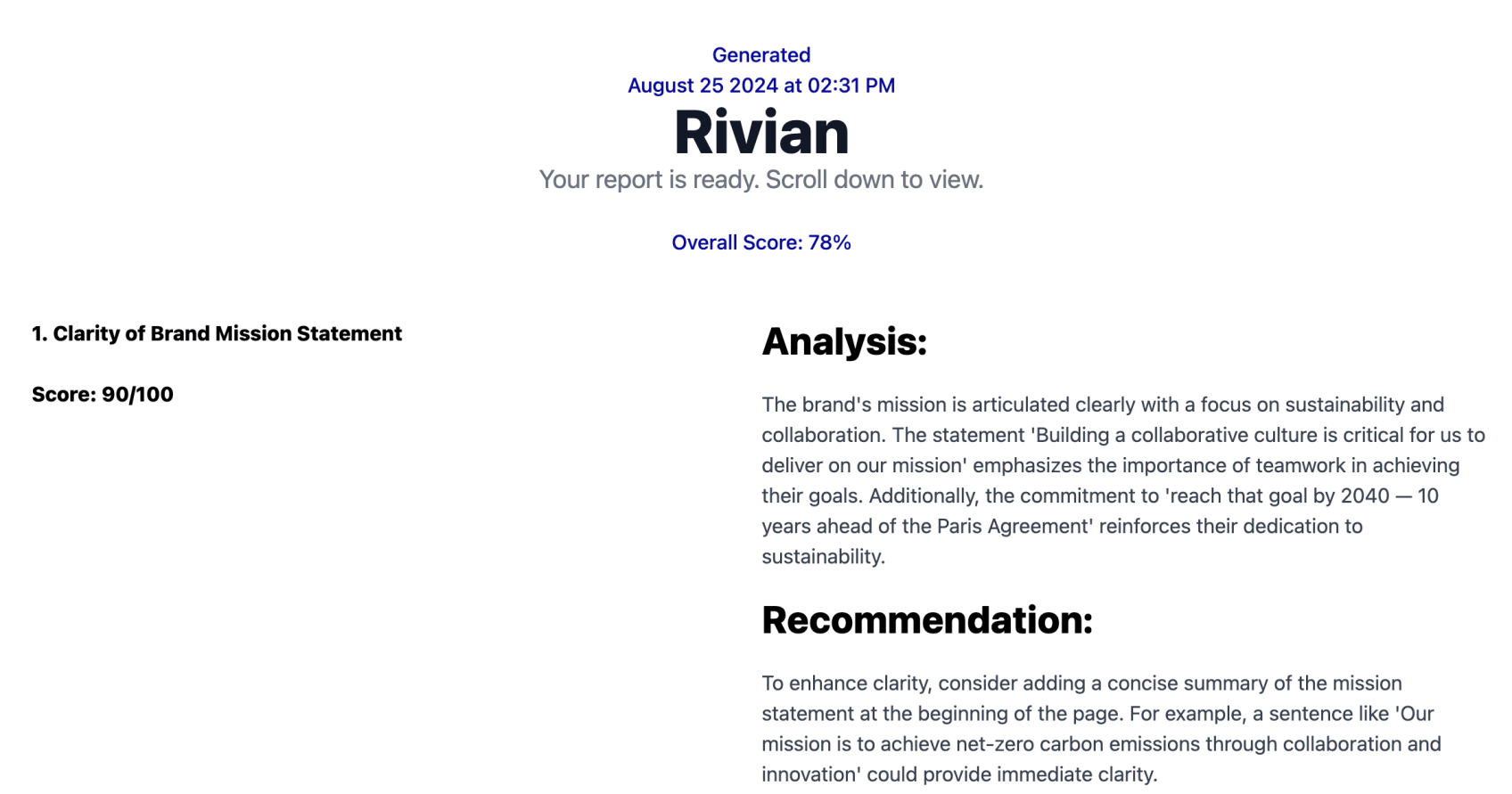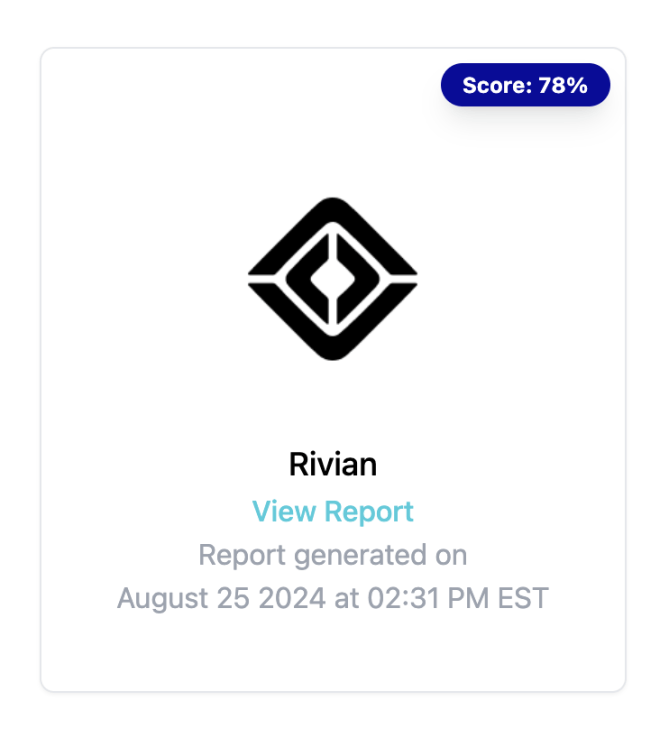

A company’s website serves as its primary interface with potential customers, partners, and stakeholders. While Search Engine Optimization (SEO) has long been a focus for improving website visibility, it often overlooks a crucial aspect of online presence: the quality and effectiveness of website content from a human perspective.
Many businesses invest heavily in SEO strategies to boost their search engine rankings, but fail to address the fundamental issues of content readability, brand consistency, and overall user experience. This oversight can lead to several critical problems:
1. Disconnect between search rankings and user engagement: A website may rank well in search results but fail to convert visitors due to poor content quality or unclear brand messaging.
2. Lack of brand cohesion: Websites often struggle to maintain a consistent brand voice and message across different pages and sections, leading to a fragmented user experience.
3. Difficulty in content improvement: Website owners may be aware that their content needs enhancement but lack specific, actionable insights on how to improve it.
4. Over-optimization for search engines: In the pursuit of SEO, websites may sacrifice readability and natural language flow, resulting in content that feels artificial or unwelcoming to human readers.
5. Inability to measure content quality objectively: Unlike SEO metrics, which are relatively straightforward to quantify, the quality of website copy and branding has been challenging to measure and improve systematically.
6. Time and resource inefficiency: Manual content audits are time-consuming and often expensive, making it difficult for businesses to allocate resources effectively for website improvements.
7. Lack of tailored recommendations: Generic content improvement advice often falls short of addressing the unique needs and goals of individual websites and their target audiences.
These issues collectively contribute to a significant gap in website optimization strategies, where the focus on search engine algorithms overshadows the equally important need for human-centric, brand-aligned, and emotionally resonant content. This gap not only affects user experience but also impacts key business metrics such as conversion rates, customer loyalty, and overall brand perception.
Addressing these challenges requires a sophisticated approach that goes beyond traditional SEO tools and manual content audits, necessitating an innovative solution that can comprehensively analyze and improve website content from a human-centric perspective.
The website analyzer is a sophisticated tool built with a focus on efficiency, accuracy, and user-friendliness. The implementation leverages modern technologies and techniques to deliver a powerful content analysis solution:
Backend Architecture
- Core Language: Python3
- Web Scraping: The tool employs robust web scraping techniques to extract content from target websites efficiently.
- Embedding Model: A local lightweight embedding model is utilized to process and understand the scraped content, enabling nuanced analysis of language and context.
- Inference Engine: GPT-4o-mini is integrated for advanced natural language processing and generation of insights, specifically chosen for its extremely low cost and relatively high benchmark scores.
Analysis Pipeline
- The tool scrapes the content from the provided URL of the target website
- Using regex, it finds all URLs in the page source that are of the same domain of the provided URL, excluding duplicates. It processes this into a list of strings.
- Since there are many URLs that can be considered irrelevant for this type of analysis (e.g. “/terms-and-conditions”, “/warranty”, etc.), The tool makes a query to GPT-4o-mini, asking it to select the ten URLs that are most likely to be helpful for this analysis, and return them in a specific JSON structure.
- Receiving that list of 10 URLs, the tool then scrapes those pages.
- The pages are then heavily processed. The tool removes all CSS styling, JS code, and other code that is not helpful for this use-case.
- The remaining page content then runs through an local, lightweight embedding model, so that the context can be efficiently processed by the inference engine.
- This context is then processed and evaluated through 25 distinct categories, where GPT-4o-mini is specifically prompted to respond in a structured JSON format, in which the categories are organized, along with each of their scores, analyses, and recommendations for improvement.
- GPT-4o-mini is employed to generate detailed analyses, including identifying relevant quotes from the website and crafting tailored improvement recommendations.
Report Generation
- The tool compiles the scores, analyses, and recommendations into a structured HTML report.
- Direct quotes from the website are included to provide context and evidence for the analyses.
- Generated content examples are created to illustrate potential improvements.
Frontend Interface
The user interface is built using TailwindCSS, ensuring a responsive and visually appealing design. The frontend allows users to input website URLs for new report generation, and access a dashboard in which their previously generated reports are organized and viewable.

